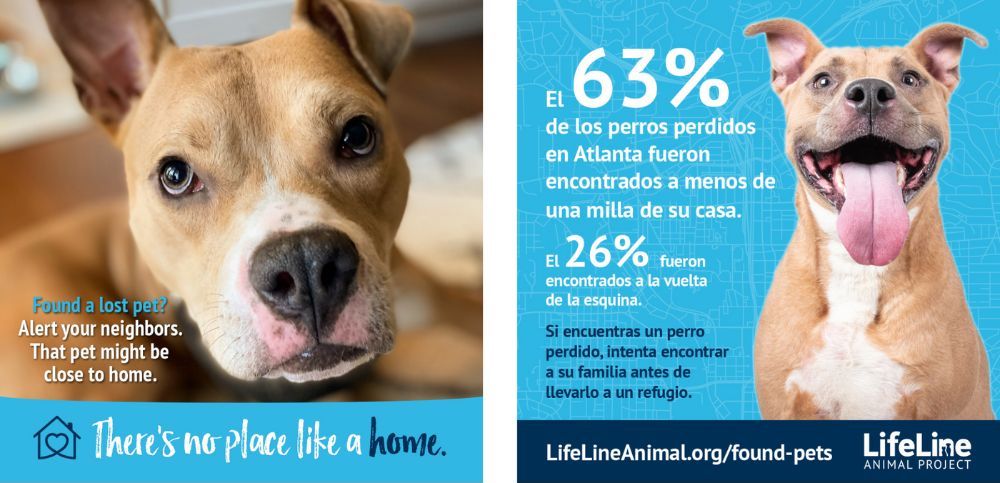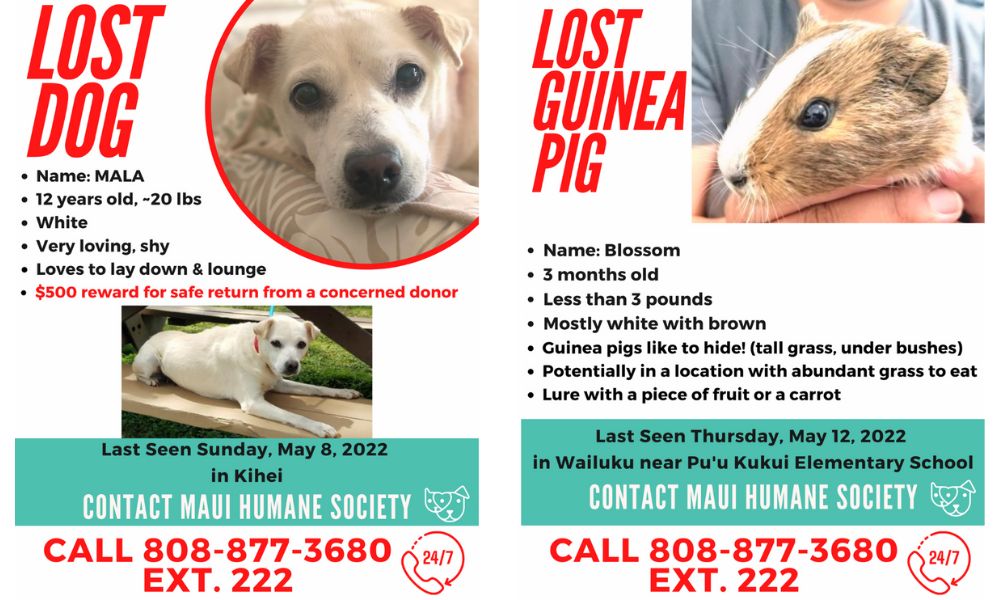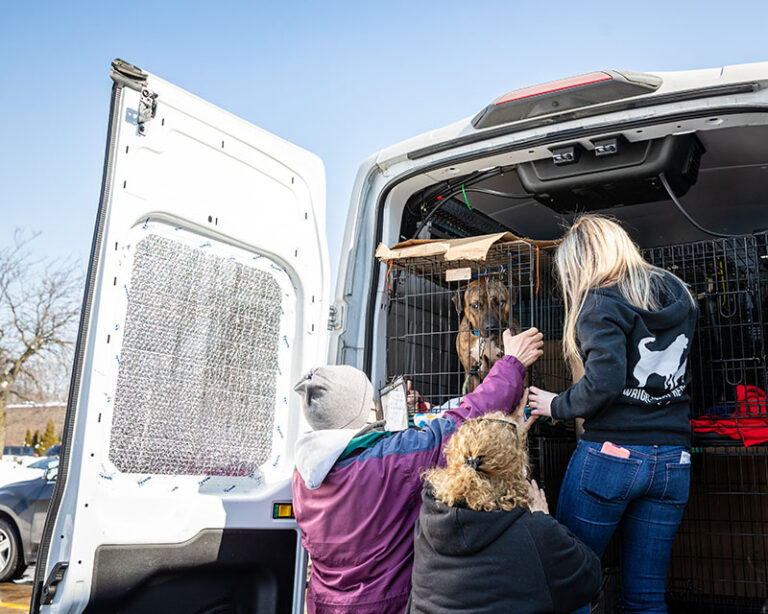Getting lost pets back to their families is always a top priority. It’s a mission with extra urgency when shelters are full, and getting fuller with every passing day—and of course here’s July 4, right on the horizon, with all the lost pets those boom boom skies will bring.
We know. We know! And we’re here to help.
Here are six inexpensive, some even completely free, ideas that you can start implementing today to help you reunite more pets with their people—so they’ll be home snoozing on the couch where they belong, not lingering in a kennel at your shelter.
1. Put volunteers to work matching up lost and found pets.
Volunteer pet detectives can work from home, at any time of day. They spend their time scouring Craigslist, PawBoost, Facebook, Nextdoor, Twitter, and other online platforms searching for reports of pets who are lost, then matching them up with online reports of found pets, and pets who are in the shelter, to get those wanderers back home. Bonus tip: Create a Facebook page just for lost and found pets. Here’s Guilford County Animal Services’s page, as an example.
2. Waive reclaim fees.
Are you knocking down the barriers that stand in the way of people reclaiming their pets? One big way to do that is by waiving reclaim fees. We’ve heard from some shelters that this can be a challenge if reclaim fees are part of your overall budget, but check out KC Pet Project’s Reclaim Fee Forgiveness Program for a model of how it can work.
3. Get on Nextdoor.
Government shelters, like other public agencies, are able to post to neighborhoods throughout your communities. Use this ability to post lost pets—and by “lost” we mean any pet who comes in classified as a “stray”—to the neighborhood where they were found.
Katie Pemberton from Memphis Animal Services wrote a great post on LinkedIn about how MAS volunteers used Nextdoor to reunite a scared, badly injured dog who was “too aggressive upon intake for our staff to vaccinate or scan for a microchip.”
“But she is HOME tonight,” Katie writes, “after coming in injured yesterday because:
✅ MAS volunteer posted her on Nextdoor in the neighborhood she was found
✅ Owner had not updated chip info but did post on Nextdoor that they were looking for their dog
✅ A neighbor commented on our post that she looked like a dog from another post and sent us the link
It was a match, and True’s owners rushed to the shelter to bring her home. 💙”
4. Put out info, and a lot of it, about what to do if you’ve lost or found a pet to help them get home quickly.
LifeLine Animal Project created these great graphics to let people know that the first step, when finding a lost pet, is to check in with their neighbors. They’ve translated the info into Spanish, too, to reach more of their community.

Don’t overlook your website, either. You can build resource landing pages for what to do if you find a lost pet, and what to do if your pet goes missing. LifeLine’s chief marketing officer Heather Friedman recommends sharing these pages with the public, and also internally, “so all teams and volunteers know the recommendations.”
5. Make posters and flyers.
Katie Shannon of the Maui Humane Society tells us that as soon as a lost pet report comes in, the marketing team creates a simple poster that volunteers then distribute in the neighborhood where the pet was last seen. They also get shared on social media.

We of course asked if Blossom the piggie has been found, and were relieved to hear yes—though in this case, the poster may not have made the difference. Blossom “was found in their garage so hard to know if it went missing outside, ever, or was just in their home! Either way,” Katie says, “guinea pig is safe.”
6. Help ensure pets don’t get lost in the first place!
There’s all kinds of ways to help pets in your community from getting lost. Hold a microchip clinic. Give out collars and tags to all who want them. But how about having your animal protection officers fix holes in fences, to prevent dogs from getting loose?
Check out this blog about Cabot Animal Support Services’s Fences for Fido program. The short version: Cabot’s officers carry around bags of fence-mending gear, all donated from local hardware stores. When they see a hole in a fence, they fix it. Dogs who’ve gotten out are put back in. It’s as simple as that. And it keeps a whole lot of pets from getting lost, and winding up in the shelter.
And to close, a special final bonus tip: Here’s a communications kit, created by HASS and HeARTs Speak, all about lost pet reunification. The kit is designed to help you engage with your community and the media. It’s totally free to use, and has editable graphics, media pitch templates, FAQs, and more customizable materials as well as sample social media posts and storytelling inspiration.
Yeah, we can’t wait—really can’t wait—to see the posts you start putting up about all the dogs, cats, and even guinea pigs you’re making sure are safe back home with the people who love them.
We want to hear your tips for lost pet reunification. Reach out here!






